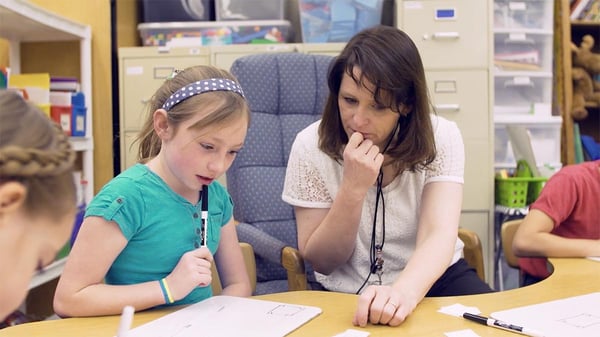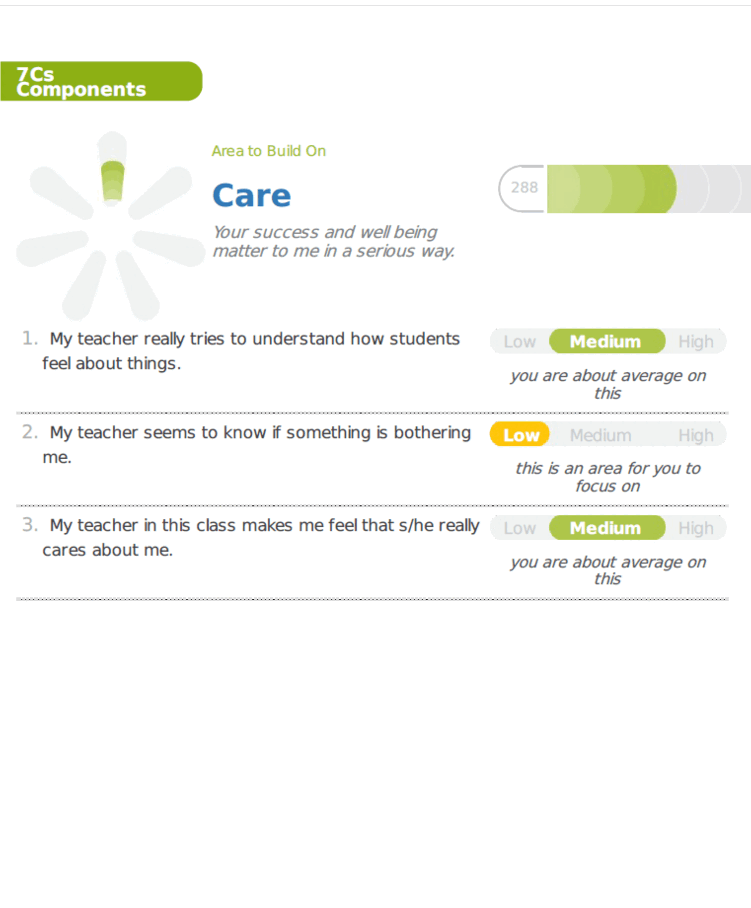


“We firmly believe that student voice has an important place in school improvement efforts. Tripod’s classroom-level instruments already drive professional growth and evaluation in our district, and we look forward to adding school climate data to our toolkit as we work to establish and maintain environments in which all teachers can teach and all students can learn.”

Pittsburgh Public Schools (PPS) has administered Tripod 7Cs district-wide for more than four years to inform teacher practice, and summative evaluations. The surveys have been instrumental to identifying which teachers are struggling and the specific areas in which improvement is needed. The data are also critical to helping PPS leadership craft data-driven strategies and tactics that have produced increased teacher effectiveness.
- District of Columbia Public Schools IMPACT Team, which worked with Ed Elements over the last 5 years to administer the 7Cs student perception survey to over 25,000 students annually
- Mike Barker Director of Institutional Research for Harvard Westlake School (#1 Private School on Niche.com)
Tripod surveys are organized into three conceptual categories: personal support, curricular support, and academic press. Within those are the 7Cs: care, confer, captivate, clarify, consolidate, challenge, and classroom management.
Explore each of the 7Cs below or download the guide.

Teachers who care show concern for students’ emotional and academic well-being. They develop supportive, personalized relationships with students, cultivate an emotionally safe environment, and respond consistently to students’ social, emotional, and academic learning needs.
The message to students is “Your success and well-being matter to me in a serious way.”
Teachers who confer, encourage and value students’ ideas and views. They seek and respect students’ thoughts, opinions, and input as part of the learning process.
The message to students is “I invite, welcome, and respect your ideas and feedback.”
Teachers who captivate spark and maintain student interest in learning. They stimulate and engage students by cultivating curiosity and inquiry and by making lessons interesting, relevant, and enjoyable.
The message to students is “I find ways to make lessons intellectually stimulating and relevant.”
Teachers who clarify help students understand content and resolve confusion. They explain ideas and concepts in a variety of ways, check frequently for understanding, address misconceptions, and provide useful feedback.
The message to students is “I can explain in a variety of ways, and when you are confused, I will help you understand.”
Teachers who consolidate help students integrate and synthesize key ideas. They summarize and make connections in ways that help students see relationships within and across lessons, remember ideas, and build understanding over time.
The message to students is “We review and summarize lessons to help make learning coherent and memorable.”
Teachers who challenge students insist that they persevere and do their best work. They hold students to high academic standards, encourage persistence, and monitor student effort.
The message to students is “I insist upon real understanding, not just memorization, and I will not let you give up, even when the work becomes difficult.”
Teachers who are effective at classroom management foster orderly, respectful, and on-task classroom behavior. They create conditions that enable learning, including establishing a positive classroom climate, teaching self-management skills, monitoring student conduct, and redirecting unproductive behavior.
The message to students is “Our class will remain orderly, on task, and respectful, with learning as our first priority.”
With Tripod 7Cs There Are No Minimum Number of Schools.